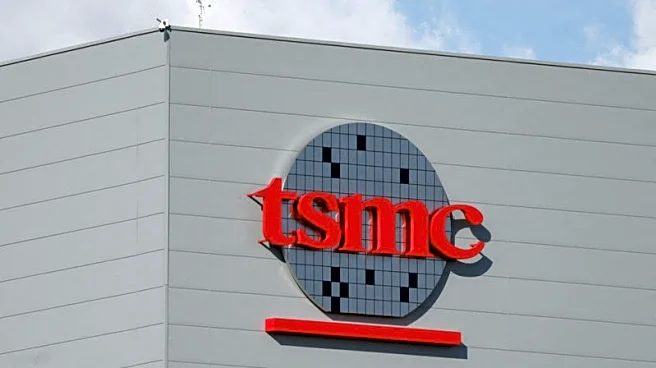What's Happening?
The U.S. resale market is expected to generate significant revenue during the upcoming holiday season, with Salesforce predicting transactions to reach $64 billion. This includes $26 billion from fashion resale alone. The recommerce sector, which involves
the sale of pre-owned, refurbished, or overstock goods, is becoming a profitable sales channel and a strategic discount method that avoids brand erosion. Deloitte reports that the number of U.S. fashion brands offering in-house resale programs has increased by over 300% since 2021, driven by tariffs, inflation, and changing consumer values. The appeal of recommerce is not limited to bargain hunters; it also attracts consumers seeking distinct and attainable products, as evidenced by Pinterest's Autumn Trend Report 2025, which shows a significant increase in searches for thrift and vintage items.
Why It's Important?
The growth of the recommerce market reflects shifting consumer preferences towards sustainability and value-driven purchases. This trend is particularly significant for Gen Z and Millennials, who associate thrift shopping with intelligence and authenticity. For ecommerce operators, recommerce offers a strategic pricing tool that reframes discounting as value-driven, appealing to new customer segments. By moving open-box returns, refurbished goods, and aged inventory into 'pre-owned' or 'like-new' categories, merchants can maintain brand equity while attracting price-conscious buyers. The holiday season presents an opportunity for retailers to test recommerce strategies, potentially leading to permanent adoption if successful.
What's Next?
Retailers are encouraged to leverage the holiday season to test recommerce strategies, such as listing overstock and slow-moving products in 'like-new' categories and creating dedicated sections for returned and reconditioned items. Early returns from Black Friday and Cyber Monday can be quickly relisted, capturing demand efficiently. Post-holiday campaigns can convert returns into marketing opportunities, signaling a commitment to reuse and efficiency. Additionally, several apps and add-ons, such as Archive and Trove, can facilitate resale logistics, while platforms like Loop Returns and ReturnLogic can automate the routing of eligible returns into resale channels.
Beyond the Headlines
The rise of recommerce highlights broader ethical and cultural shifts towards sustainability and circular economy practices. As consumers increasingly prioritize environmental impact and resource efficiency, businesses are adapting by integrating recommerce into their operations. This shift not only benefits the environment but also enhances brand reputation and customer loyalty. The recommerce model encourages innovation in inventory management and marketing strategies, potentially leading to long-term changes in retail practices.














